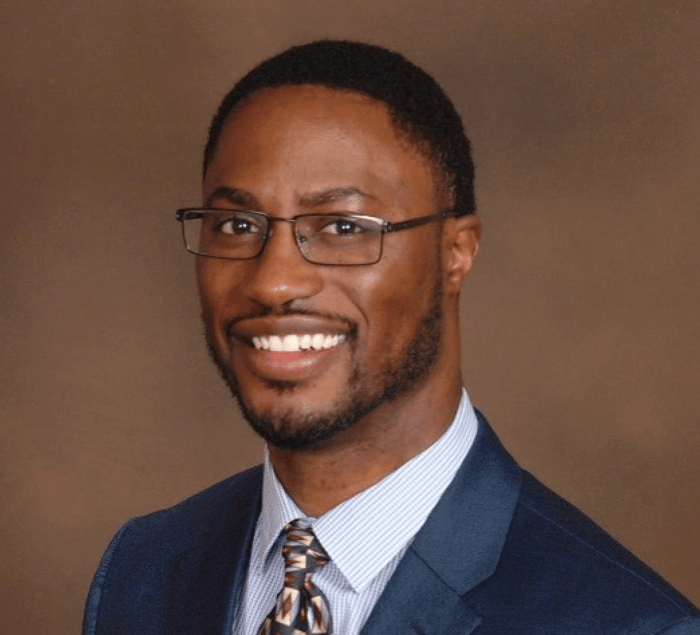The Hampton-Brandeis partnership was formalized in a 2013 Memorandum of Understanding and was initially supported financially by MRSEC funds. Key elements of the original partnership were the participation of 22 Hampton students in the Brandeis MRSEC Summer Research Experience for Undergraduates (REU) and a Brandeis MRSEC Education Post-Doctoral Fellow who mentored and supervised the Hampton students during their summer experience at Brandeis and provided continued assistance during the academic year. The two universities have expanded this partnership to include reciprocal research exchange in the areas of photoresponsive materials, opto-active materials, and opto- electronic materials with applications in bio-photonics.
The Hampton-Brandeis PREM aims to strengthen collaborative research & education between these two institutions and to increase recruitment, retention, and graduation rates of minority students within the PREM Pathway.
Specific components of the PREM Pathway include:
collaborative research in photoresponsive materials, opto-active materials, and opto-electronic materials,
an educational program for undergraduate students that improves current recruitment, retention and graduation rates and leads to a newly developed multi-disciplinary minor in Material Science & Engineering,
an innovative postdoctoral fellowship training program to prepare faculty for academic careers at HBCUs and other Universities and
outreach partnerships that increase the participation and exposure of Hampton Roads K-12 students in materials science and related fields.


.png/logo)






